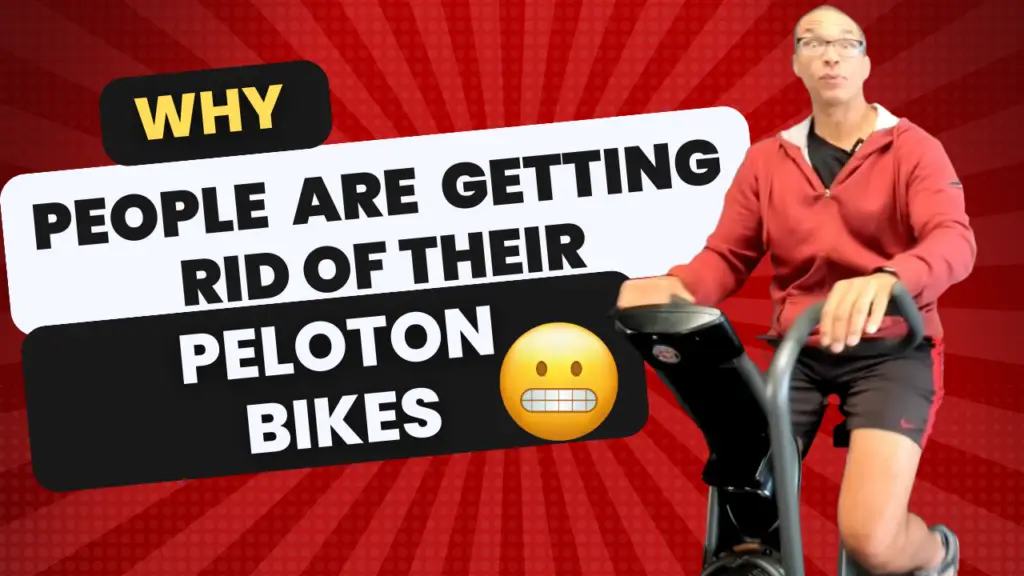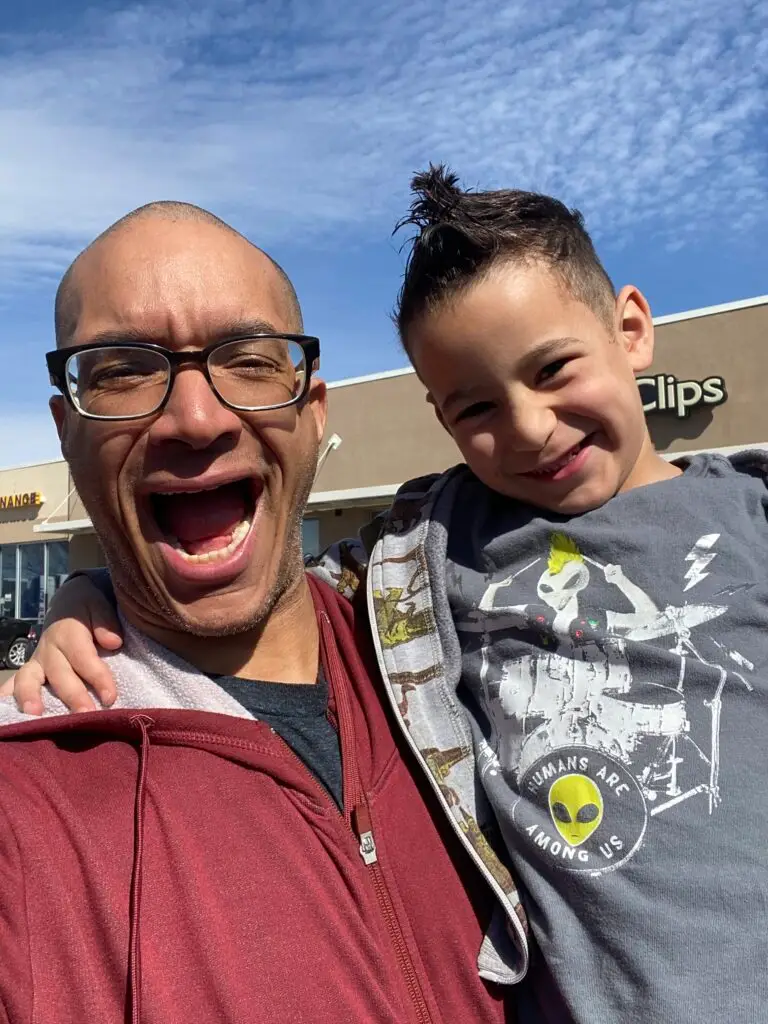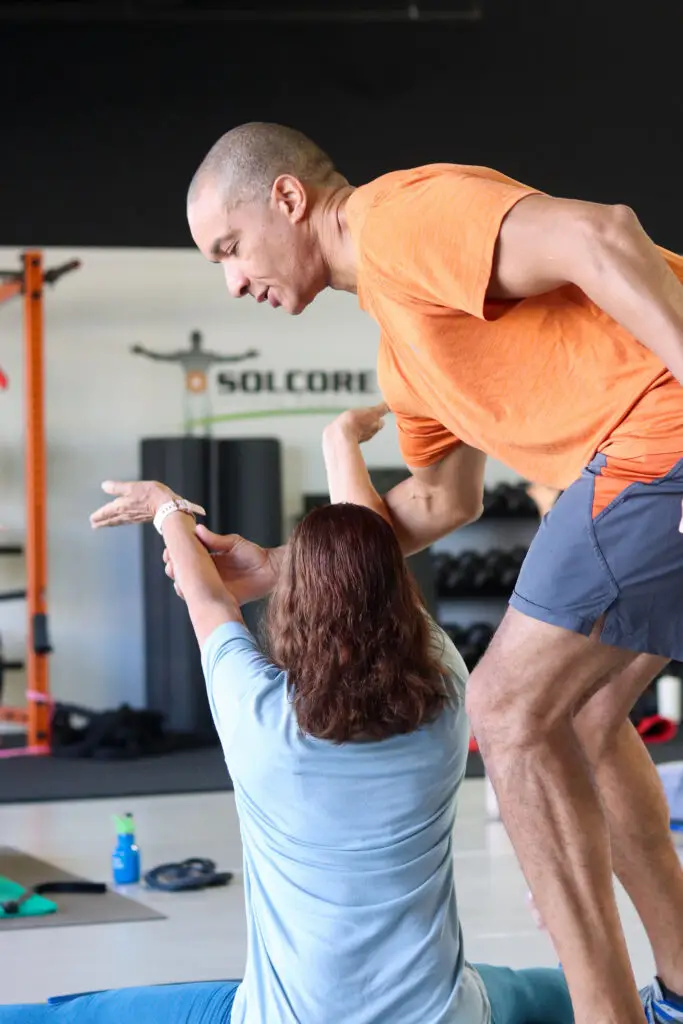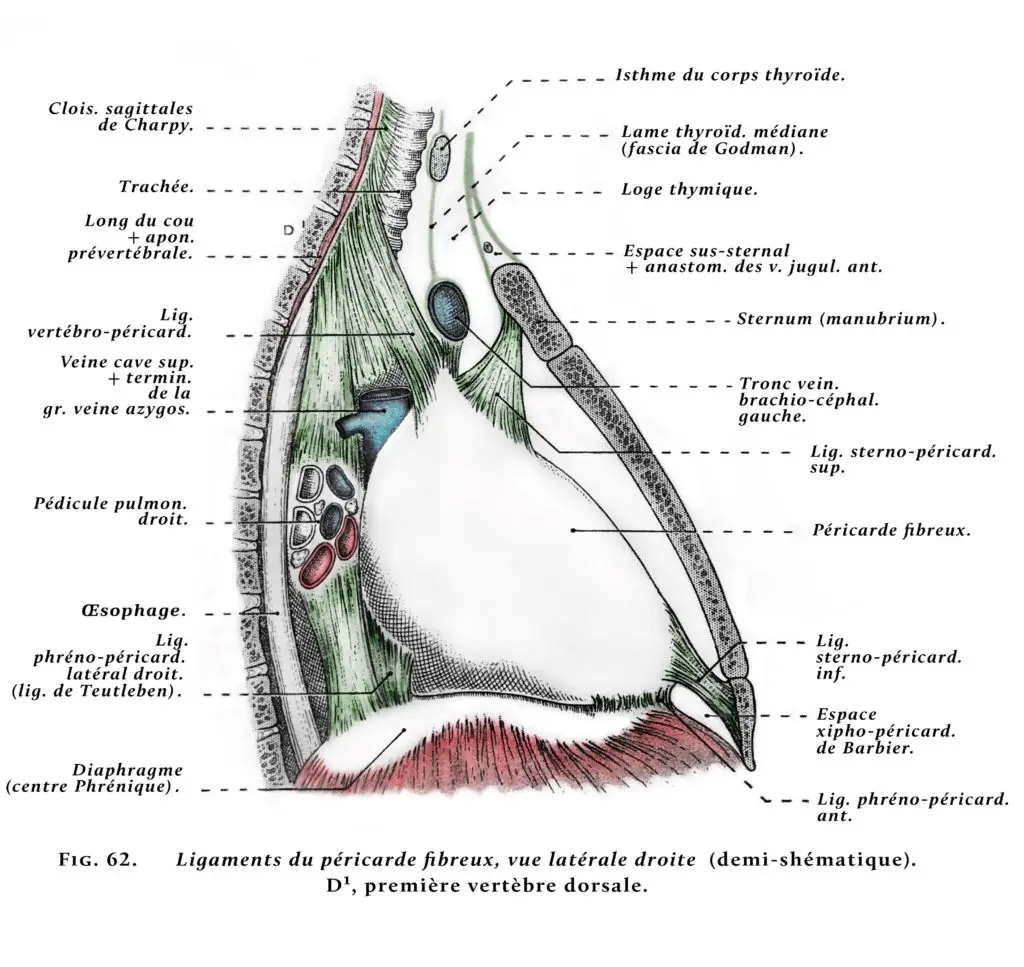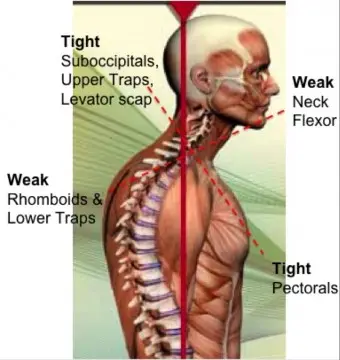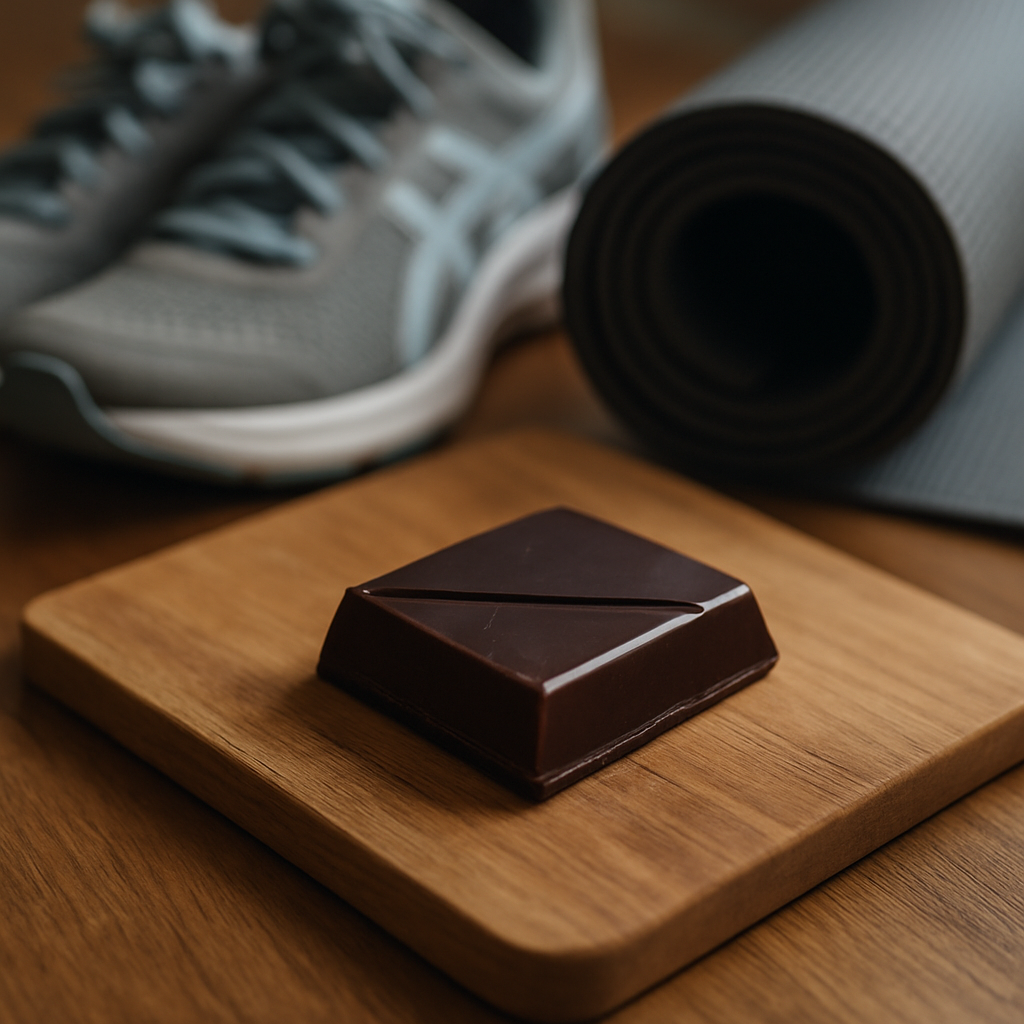
Holistic movement is like a piece of rich, dark chocolate — small, intentional, and deeply satisfying.
You ever eat one of those mini chocolate bars from Halloween? You eat one… then another… and somehow you’re still not satisfied.
But a small square of real dark chocolate? That hits different. It’s richer. It stays with you. It satisfies.
Why Dark Chocolate Hits Different
The difference isn’t just taste — it’s quality.
Dark chocolate is made with real cocoa, less sugar, and more of the stuff your body actually likes. You don’t need much of it to feel satisfied.
And it even helps your nervous system, not just your cravings — research backs this up.
The same is true with how you move.
When you train in a way that includes your fascia, your posture, your nervous system, and your structure — your body feels better. You don’t need to kill yourself in the gym.
The same is true with how you move. Myofascial Stretching is one example of movement that nourishes the body more fully.
You just need to feed your body what it’s actually hungry for.
Holistic Movement Works Smarter
Holistic movement isn’t about going soft — it’s about going deep. Learn why that makes all the difference.
It builds real strength from the inside out. It makes space in your joints. It calms your nervous system while it challenges your muscles.
And the best part?
You leave feeling stronger, not broken.
Just like with chocolate — when it’s made right, a little bit goes a long way.
Real Satisfaction Comes From Depth
If you’re always looking for the next workout fix — but never feeling better in your body — maybe it’s time to try something more nourishing.
Something that satisfies deeper.
Something that was made to work with your body, not just sweat it out.
That’s what we do here.
And like dark chocolate… once you try it, you’ll wonder how you ever lived without it.
→ Ready to train smarter? That’s what we do here. See how our personalized, holistic approach works in real programs.
Follow the Thread—Where Movement, Fascia, and Freedom Align
Find more insight, reflection, and fascia-informed care across the platforms where we stay connected:




